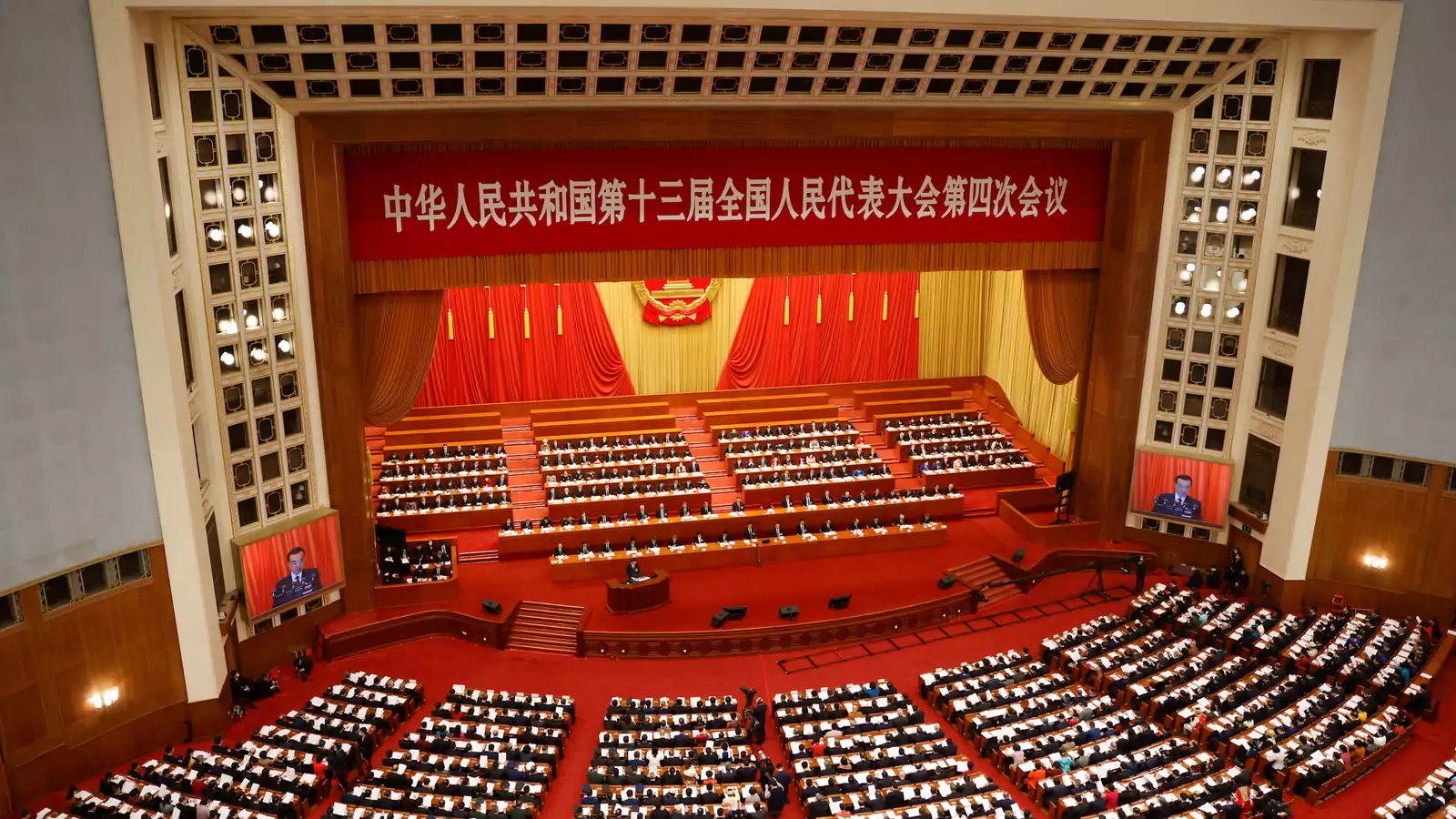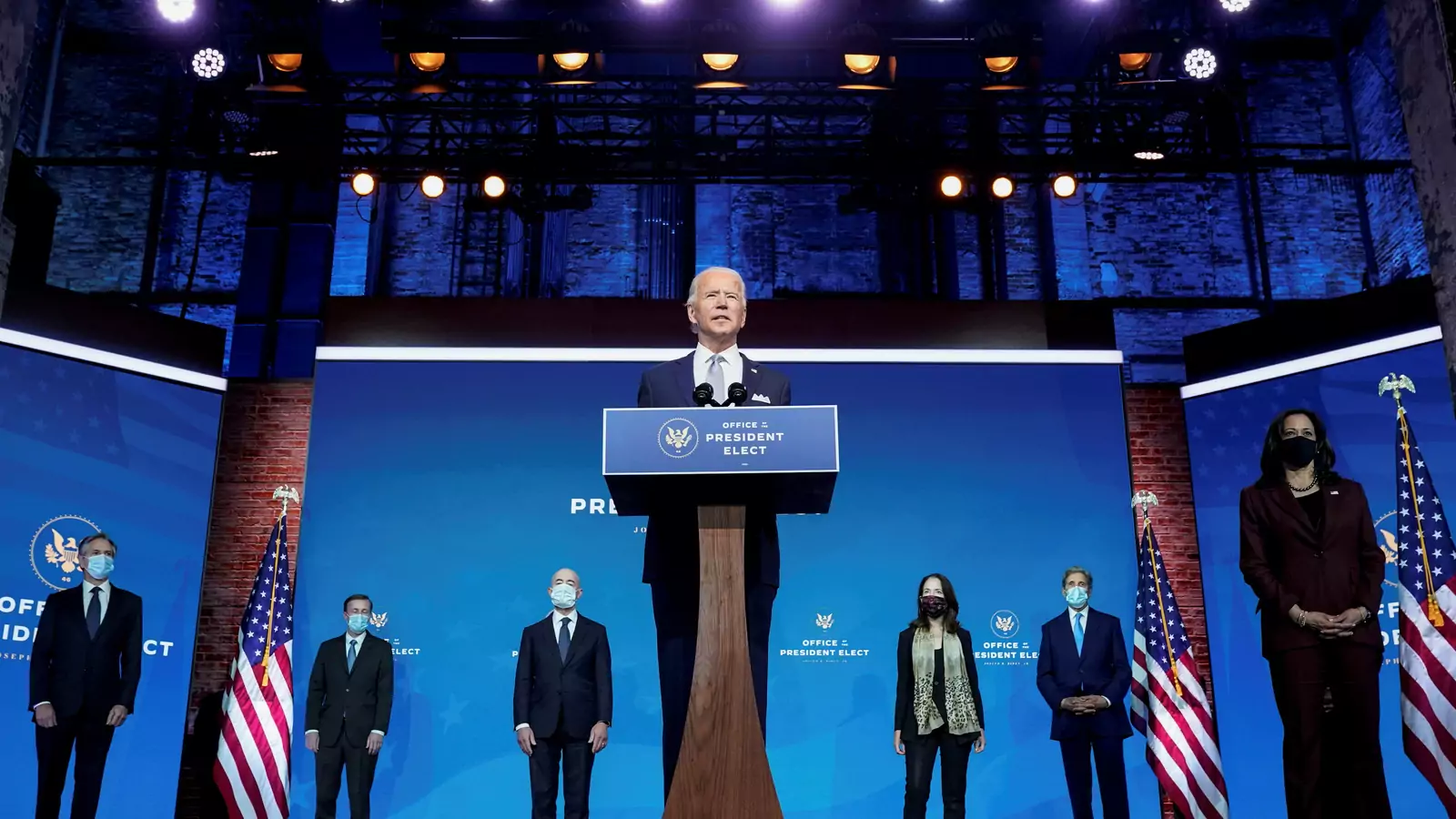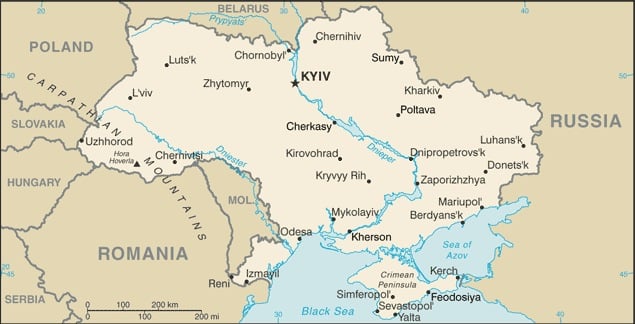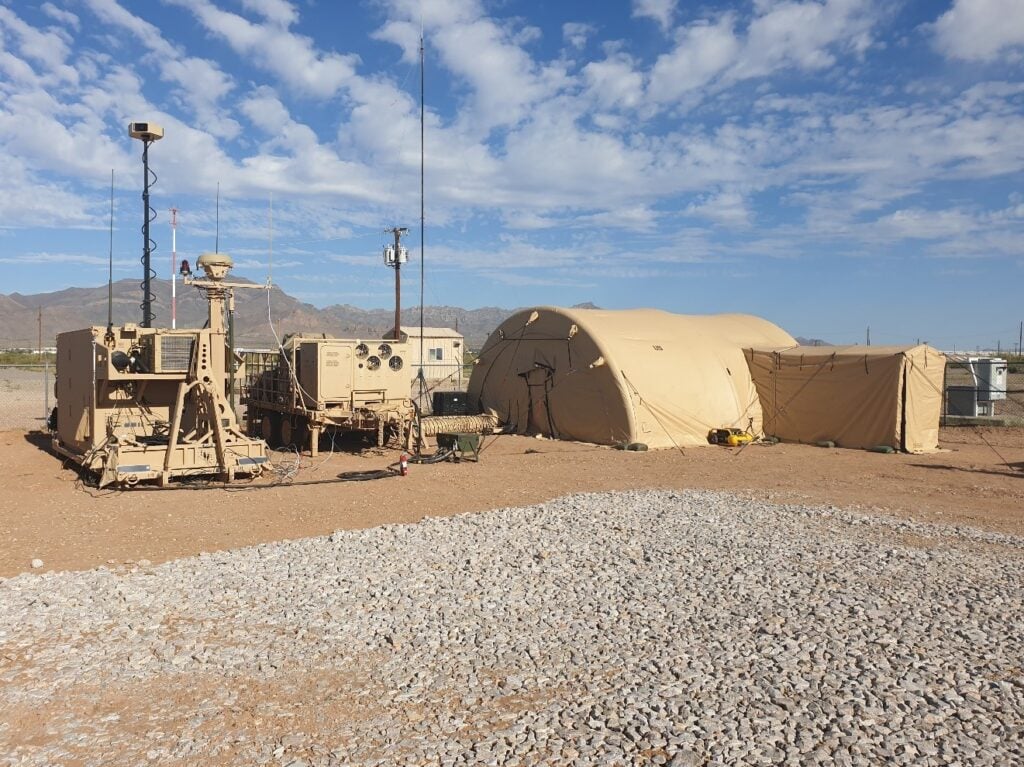George Friedman, April 20, 2021
The United States invaded Afghanistan 20 years ago, soon after the attack on Sept. 11, 2001. By 2008, then-President Barack Obama made it a point to disengage from what has become known as the Forever Wars. He failed. His successor, President Donald Trump, pledged likewise but failed all the same. President Joe Biden, too, has said the U.S. would withdraw, this time by the anniversary of the 9/11 attack.
The war in Afghanistan can’t be discussed without discussing al-Qaida, the Islamist group led by Osama bin Laden, the son of an extremely wealthy Yemeni who had moved his family to Saudi Arabia. His goal was to recreate an Islamic caliphate. As I wrote in “America’s Secret War,” his strategy was to unite the Islamic world against its common enemy, the United States. To that end, he would conduct an attack against the United States that generated massive causalities and electrified the world. If the U.S. could be attacked, it would prove the U.S. to be vulnerable. If the United States declined to respond, it would prove Washington to be weak or cowardly, or so the thinking went. Both cases would, bin Laden thought, achieve the same end: Islamic unity.
The attack against the United States was both simple and brilliant. Hijacked aircraft would strike American icons – the World Trade Center, the Pentagon and Congress (the latter of which failed). The Islamic world would know these buildings well and would see al-Qaida’s power. What was remarkable was the detailed planning, the deployment of operatives and the movement of money, none of which was fully detected by U.S. intelligence. (There are always those who claim that they predicted such events. I have no idea what they said to whom before the attack, only what they claimed to have said after.) The fear that struck the United States was palpable.
Part of the fear was that Washington did not know what al-Qaida was planning next and what resources it had. The idea that 9/11 was the sum total of its capability was plausible, but there was no evidence for it, and the American public was thinking of all the worst-case scenarios. There was intelligence, necessarily uncertain in nature, that al-Qaida had acquired a single small nuclear device. All reasonable people scoff at such thoughts now, but in the days after the attack, nothing was being dismissed. Lenin said that the purpose of terror is to terrify. The country was terrified, because none of us knew what was next.











/cloudfront-us-east-1.images.arcpublishing.com/mco/YKIA4CKZUVHNLLPGRNKKNBJOKU.jpg)
/cloudfront-us-east-1.images.arcpublishing.com/mco/AX5MVQUNYFE3LNVJ46G6SMD4TA.JPG)


